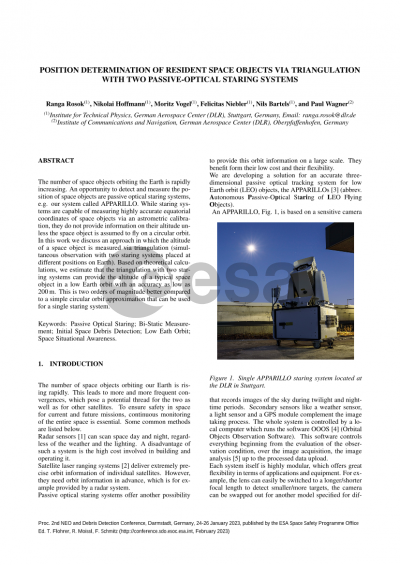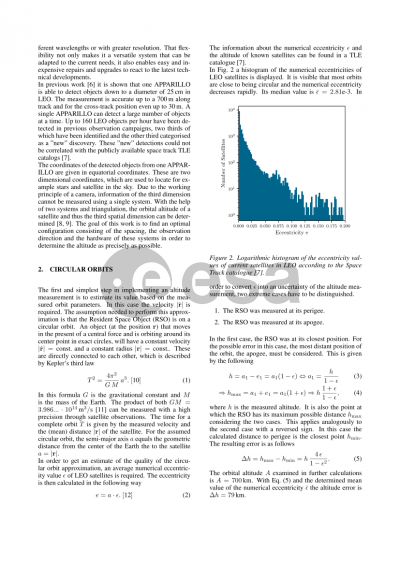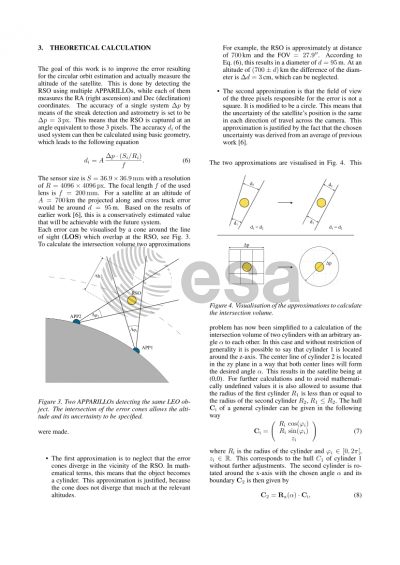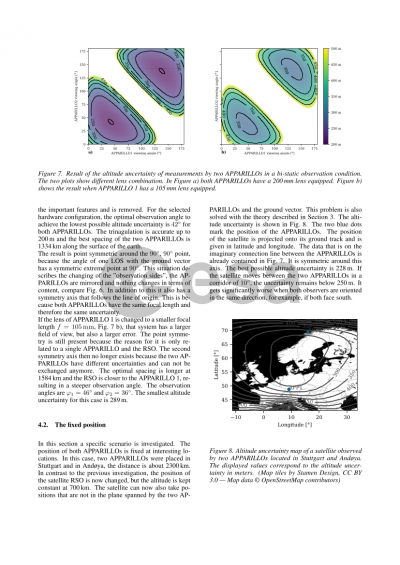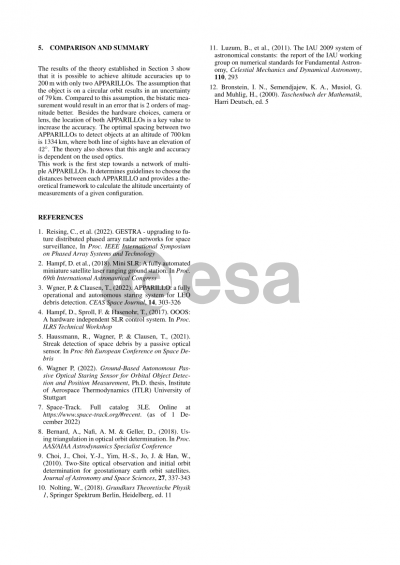Document details
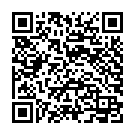
Abstract
The safe operation of active spacecrafts requires continuous monitoring of the space debris population to avoid collisions of active satellites with space debris. While modern space traffic management is mostly based on radar technology for LEO space object detection, there is also the opportunity of additionally using passive optical staring systems. We have previously reported on our system APPARILLO (abbreviation for Autonomous Passive Optical Staring of LEO Flying Objects), which is a fully operational and autonomous staring system for LEO debris detection.
Under good observation conditions, a single APPARILLO can detect up to 160 LEO objects per hour. A large fraction (~ 30 % of these objects) cannot be correlated with the publicly available CeleTrak TLE catalogue and is thus categorized as a “new” space object. The APPARILLO is capable of detecting space objects down to a diameter of 25 cm and the position measurement is accurate up to a 700 m along-track and 30 m cross-track. Unfortunately, there is no option to estimate the height of the space object, unless assuming a circular orbit.
While we have so far only performed observations with a single APPARILLO, our long-term goal is to combine multiple APPARILLOs in a network. This scenario is feasible, since a single APPARILLO is a cost-effective system with high self-reliance. The only two requirements of the observation sites are an internet connection (mobile communication is good enough) and a 230 V (120 V possible) power source.
In this work, we discuss a specific idea in which two passive optical staring systems are used to observe the same region in LEO from different observation positions on Earth. In this configuration, each APPARILLO will obtain time-dependent equatorial coordinates (two angles) for each space object. By combining this data, it is possible to calculate the height of the space object via triangulation without assuming a circular orbit.
In preparation of demonstrating this concept experimentally, we show results of calculations in which we estimate the achievable accuracy of the height measurement of LEO space objects via triangulation. We find that key parameters are the distance between the APPARILLO observation sites on Earth as well as the angular measurement uncertainty of each staring system (mostly determined by the camera and lens used in the system). Based on these calculations, we expect that a height uncertainty of less than 200 m can be achieved for a space object with an orbital height of 800 km using two APPARILLOs placed at a distance of ~ 1000 km on Earth.
Preview
